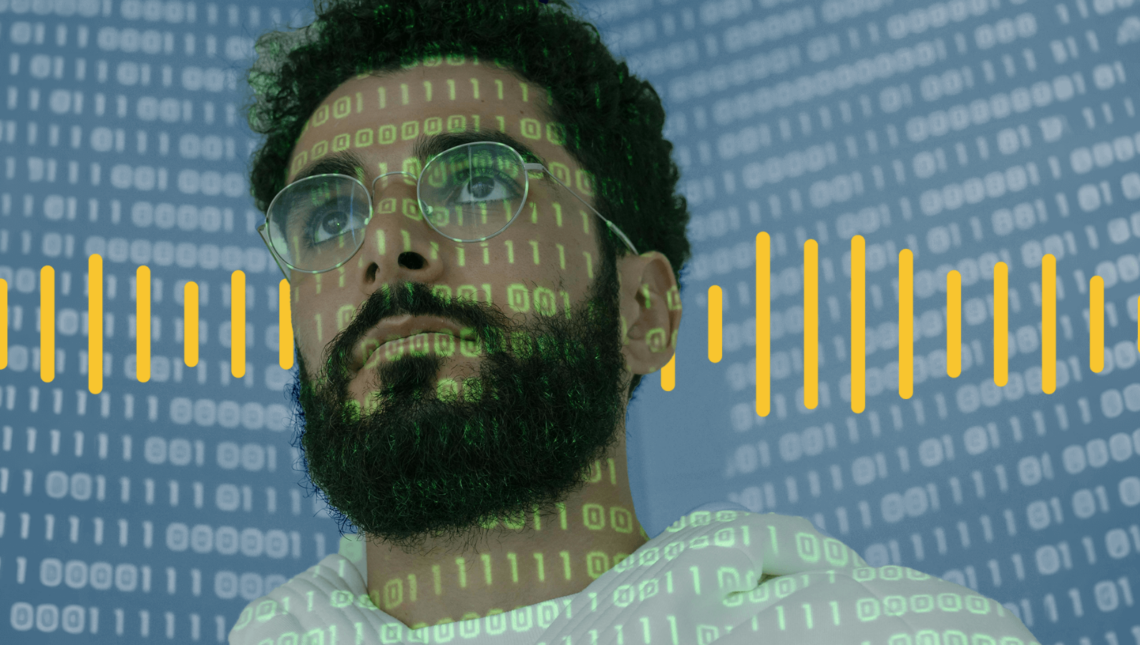
One year ago, the searing six-part docuseries “The Trials of Gabriel Fernandez” began streaming on Netflix.
The film, based on reporting by Garrett Therolf of Berkeley Journalism’s Investigative Reporting Program (IRP), examines the brutal 2013 death of 8-year-old Gabriel Fernandez by his mother and her boyfriend and how misguided policies fail to protect children in peril. Brian Knappenberger is the film’s director.
“The Trials of Gabriel Fernandez” was No. 1 on Netflix in the U.S. for several weeks, and within 24 hours of when it began streaming, more than a half million people searched for information about the film on Google.
“The film is a testament to the power and value of great investigative storytelling, which is what the IRP is all about,” said David Barstow, the Logan Distinguished Chair in Investigative Journalism, who heads the IRP.
Therolf appears in the docuseries and is one of its producers. He first wrote about Gabriel’s death as a reporter for the Los Angeles Times. After joining the IRP in 2016, he wrote a longer, investigative piece, “Why Did No One Save Gabriel?” which was published in The Atlantic in 2018.

Cecilia Lei (’19) and Garrett Therolf as seen in “The Trials of Gabriel Fernandez”
Berkeley Journalism students Cecilia Lei (’19), Casey Smith (’20) and Alyson Stamos (’20) contributed research to the film. Lei appears in episode four of the series. Emeritus Professor Lowell Bergman was one of the executive producers.
We asked Garrett to reflect on the film, its impact and his continued reporting on child welfare on this one-year anniversary of its release:
You reported on Gabriel’s case for years. What was most gratifying for you to see this past year?
It was just remarkable to see the cultural impact and to feel the emotional connection that people had with Gabriel. His name rivaled the presidential candidates on Twitter and Google for weeks. His image was painted in public murals in Los Angeles, Palmdale and Fresno. His framed photograph was included in many ofrendas for Día De Los Muertos. Cardi B tweeted about how much Gabriel touched her, and how angry she was with the systems that were supposed to save him. In other words, a boy who was barely noticed during his life by people with influence, was finally seen and heard.
What impact, if any, did the film have on policy?
Gov. Gavin Newsom watched the docuseries when it came out and contacted members of Gabriel’s family to discuss policy changes, but that conversation was cut short when the pandemic came to absorb so much of his attention.
In the absence of a new law or policy move, I think the docuseries’ greatest effect was simply elevating the level of interest and knowledge about the protection of children and how our agencies carry out this responsibility. When a child is killed in Los Angeles now, it has become a routine question for reporters to ask what the Department of Children and Family Services (DCFS) history was. And in recent elections, oversight of DCFS and its partner agencies has become a more prominent issue among the candidates, unlike previous years when it seemed to barely register in candidate debates and interviews.
Following the onset of the pandemic, I think the memory of Gabriel has also caused policymakers to think more carefully about how COVID-19 is affecting abused and neglected children. Initially, case workers really pulled back from home visits, but when our reporting noted that the very same unit that was once responsible for Gabriel was no longer visiting children like him, the decision was quickly reversed.
What journalistic lessons were learned covering this story?
It’s surprising how much of the coverage of child abuse and neglect centers on the experience of parents, case workers, lawyers, teachers, advocates and experts. It’s easy to find front page stories and long magazine articles about child protective services without a single quote from a child. It sounds absurd, but then you see it again and again. I think this story reinforced for me, more than any other, how difficult and powerful it is to center the child’s experience and what he saw and said.

Garrett Therolf as seen in “The Trials of Gabriel Fernandez”
Very few reporters cover child welfare like you do. How did you come to make this your full-time beat? What makes you stay in it?
I’ve covered a lot of things in my career, but this has been the best job I’ve had in journalism. I’ve never had any doubt that it was the most important thing I could be doing, and I had a very clear idea in my mind why I was there. I think I’ve helped fill a void that wouldn’t otherwise be eased, and our understanding of child welfare is still so incomplete.
You’ve covered other horrific child abuse cases besides Gabriel’s. Anthony Avalos, Noah Cuatro, just to name a few. How do you cope with what you see and hear, and take care of your own mental health?
Well, for one thing, I don’t think it helps to look away. We do a lot to insulate ourselves from difficult truths in this life, but, ultimately, I don’t think it makes us any happier or saner. Grappling with the problem, and living with it, makes me feel better. Also, I think building a strong sense of camaraderie helps. When I was at the newspaper, I did a lot of my work alone, but working on the docuseries and at the university has made the work much more collaborative. I appreciate the ability to shoulder the emotional burden together and support each other. It makes an enormous difference.
What’s next?
More stories about what it’s like growing up in the United States.
Support the Investigative Reporting Program’s continued reporting on vulnerable children, led by Garrett Therolf, by making a donation to the Gabriel’s Fund here. (Be sure to click on “This gift is in honor or in memory of someone” and in the first and last name fields, type “Gabriel Fernandez.”)
By Janice Hui
Upcoming Events
Dean's Newsletter

March 27, 2024
Quarterly Newsletter From Dean Geeta Anand
Spring 2024 Dear Berkeley Journalism community: With great optimism about the future of our school, I share with you news of the largest gift in the history of Berkeley Journalism:…

Quarterly Newsletter from Dean Geeta Anand
June 15, 2023

Quarterly Newsletter From Dean Geeta Anand
November 30, 2022



